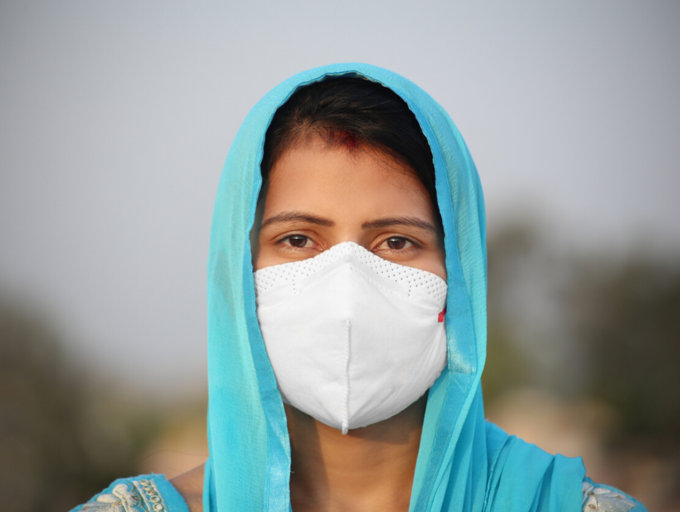Face mask vs. face shield: Which is more effective in keeping viruses away?
As the highly contagious novel coronavirus disease continues to wreak havoc across the globe, experts worldwide are repeatedly emphasizing on the importance of changing our lifestyles to stay safe. While scientists and medical experts are working day and night to develop a vaccine to combat the contagion, as of now there is no definitive cure for the virus. This is why practising social distancing, wearing face covers or face masks while stepping outside and washing hands frequently rank on the top of the list of precautionary measures.
The new normal: Face masks vs. face shields

Keeping the guidelines in mind, plenty of people are reaching out for face masks and face-covers to keep themselves safe. While earlier face masks were seen as the go-to protection gear against this battle with coronavirus, more and more people are opting to wear face shields. For the uninitiated, face shields are actually made of a clear plastic sheet which covers your whole face instead of just the mouth.
Also read: Organic masks to fight coronavirus
The concept of face masks

The whole concept behind wearing a face mask is to minimize the risk of the transmission of coronavirus from asymptomatic carriers. Additionally, it may also act a barrier in a close space, where people are coughing, sneezing, laughing or talking. It may prevent immediate viral exposure but the effectivity depends on how it is worn.
A lot of people wear face masks incorrectly, which eventually renders them ineffective. If you pull the mask down to talk, wear it below your nose or even keep touching the outer layer of the mask with your hands and then touch your face, it completely negates the benefits of wearing it. Secondly, there is no clear directive by medical experts on the re-usage of face mask, even though cloth and home-made face coverings may be washed and used again.
Additionally, the availability of face masks remains a big issue, as medical staff including doctors and nurses are battling with acute shortage of the same in the middle of a pandemic.
The case of face shields
As opposed to face masks, face shields actually completely cover the face from the head extending all the way below the chin. As a result, it prevents you from touching your own face which isn’t exactly possible with face masks. Another argument in the favour of face shiels can be a recent study conducted to test the “Efficacy of Face Shields Against Cough Aerosol Droplets From a Cough Simulator”.
In the study, it was found that face shield reduced the inhalational exposure of the worker by 96 per cent within 18 inches of a cough. They can also prove to be far more comfortable and convenient to be worn by people when compared to face masks which may be restrictive and uncomfortable when used for very long hours.
The correct way to wear a face shield
Face shields can also be reused by cleaning effectively with water and soap or disinfectants and may prove to be affordable for a lot of people. They allow others to see their expressions or read their lips, paving for better communication without the need to take off the shield.
However, according to doctors who wrote an article in the Journal of the American Medical Association (JAMA), face shields should extend lower than the chin, must be beyond the ears and there should be no gap between the forehead and the shield’s head piece.
The verdict
When you come right to the bottom of it, both shields and face masks have their pros and cons. Additionally, the snug-fitting of masks offer close protection when compared to face shields which may not be able to block viral droplets if someone is standing beside or sneezing in your direction. When compared to face masks, shields may also be a little bulky to wear.
Ultimately, it is important to understand that both face-coverings are important tools to prevent the transmission of coronavirus and their usage depends on the public setting you are in. For example, if you are a medical professional in close contact with COVID-19 patients or in a healthcare setting, wearing a face shield may suit you better. On the other hand, face masks may be a good alternative when you go grocery shopping etc.
Some experts also advise using both the face gears together for better protection but studies need to be conducted for tangible proof. However, the bottom line is nothing can replace handwashing and maintaining social distance. So, even when you are wearing face shields and face masks, you should still try to maintain a distance of at least 6 feet to stay safe.
The Health Master is now on Telegram. For latest update on health and Pharmaceuticals, subscribe to The Health Master on Telegram.


